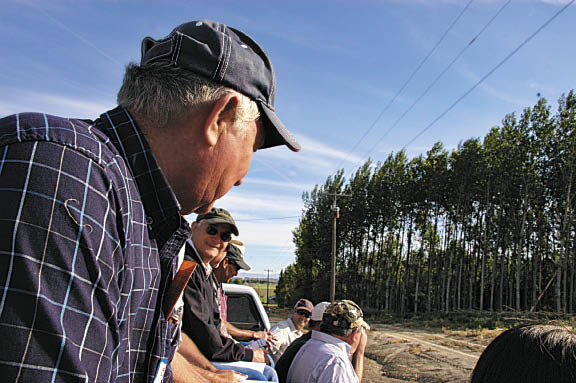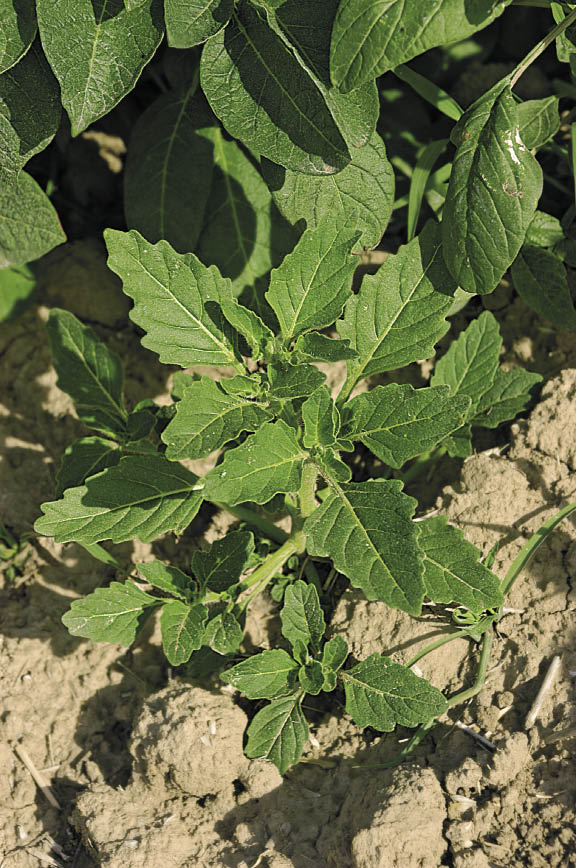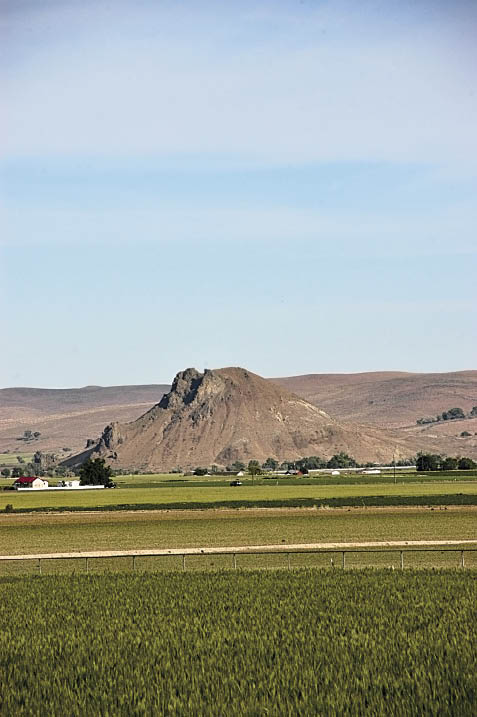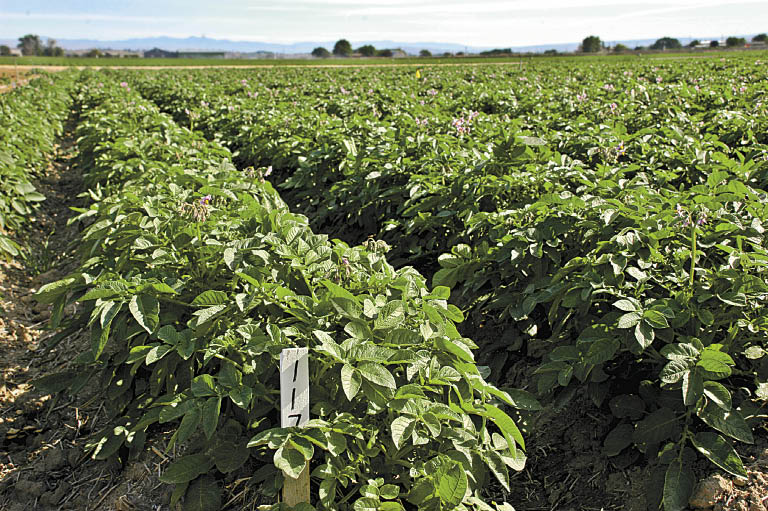
On a hot, sunny day in eastern Oregon in mid-June, growers and industry reps gathered at the Oregon State University Malheur Experiment Station near Ontario, Ore., for the 37th Annual Snake River Weed Control Research Tour.
Dr. Joel Felix, assistant professor of weed ecology and management at OSU, reported on the studies they're currently conducting on a new Syngenta herbicide for potatoes. The herbicide, Reflex, has been around for decades but has been used on other crops-until now.
According to Glenn Letendre, agronomic service representative for Syngenta, it's registered for use in some Idaho counties under a "Special Local Needs label (24C)"-counties with the right soil type and that have a minimum of 22 inches of irrigation following a Reflex application.
Letendre says Reflex, which was used for soybeans back in the 1980's, is looking pretty promising for potatoes. He says it's exciting to get another option to target problem weeds, such as hairy nightshade and yellow nutsedge.
"It's a product that's going to be used in combination with other potato herbicides to make sure we get the full spectrum of weeds," he says. "It really does a pretty good job on hairy nightshade."
Felix says they are interested in a pre-emergence application of Reflex because it controls yellow nutsedge, in combination with other herbicides such as Dual Magnum.
Their focus at the 37th annual weed tour in Malheur County was not only to study Reflex for weed control in potatoes when used in combination with other herbicides, but also to test the response of rotational crops grown in the subsequent year.
"We planted rotational crops [this season]: winter wheat, spring wheat, spring barley, onions, sugarbeets, dry beans and sweet corn to see how they would respond to the soil residues of Reflex herbicide that was applied to potatoes last year," Felix says.
While the targeted use rate for Reflex is one pint per acre, they studied the application of one as well as two pints per acre.
"The 2 pt/acre is what injured the onions, sugarbeets, sweet corn and spring barley," he says.
He points out that the rotational crops where Reflex was applied at 1 pt/acre on potatoes last year were not damaged by Reflex carryover.
Letendre says that potatoes are tolerant to pre-emergence applications of Reflex. Even potatoes that may be emerged at the time of the application might see some burn on the leaves much like higher rates of some other herbicides, but the potatoes bounce right back.
"We need to be careful and we need to make sure that our crop rotations are safe before we open that up to other counties and even other states in the PNW. It's a work in progress," he says.
Felix says that by and large for all the studies they conducted with all the herbicides, the treatments were pretty good.
"We didn't injure potatoes with any of the treatments, which is a good thing, meaning these products can be improved upon to have different combinations down the road for weed contr
ol in potatoes."



